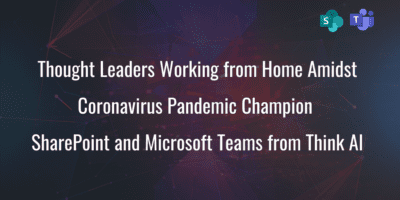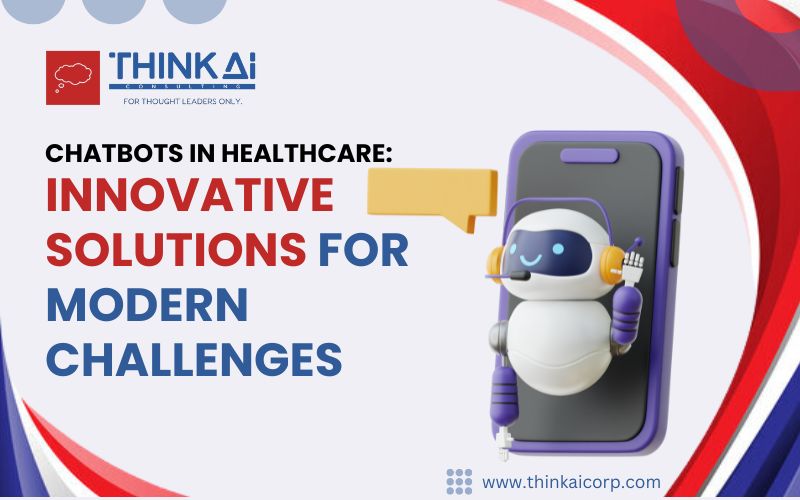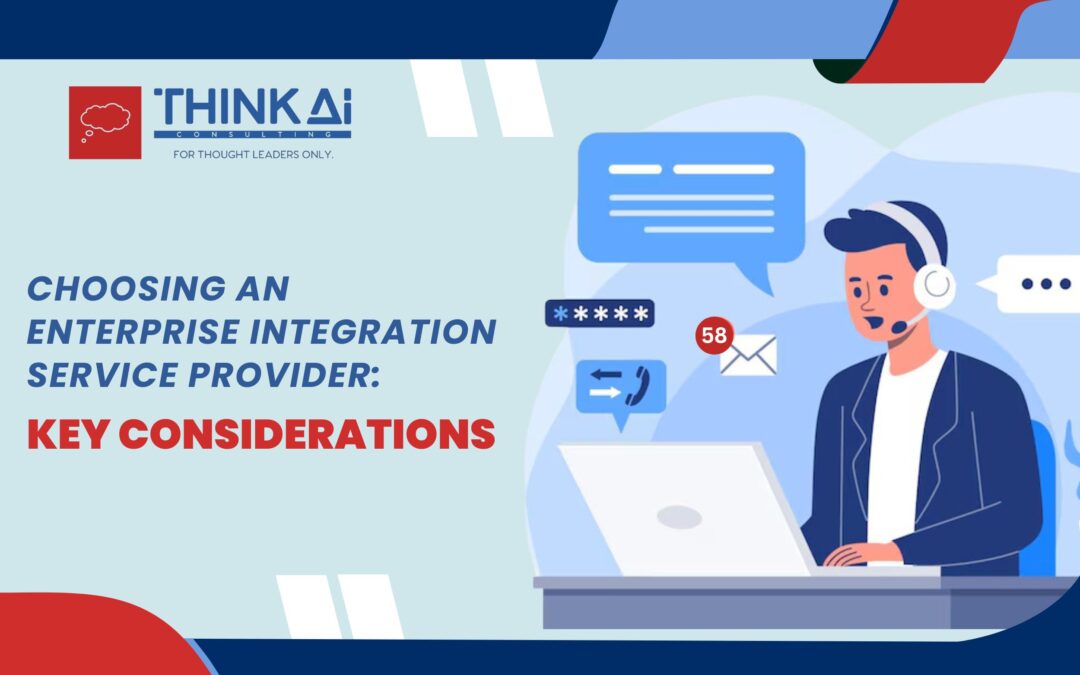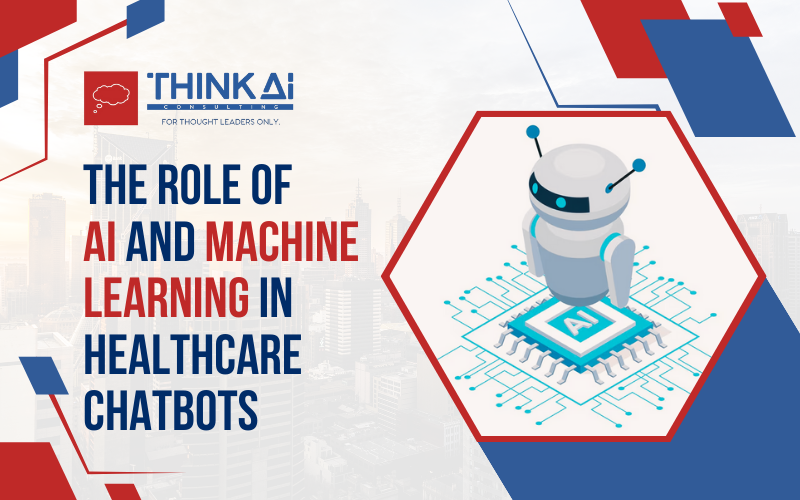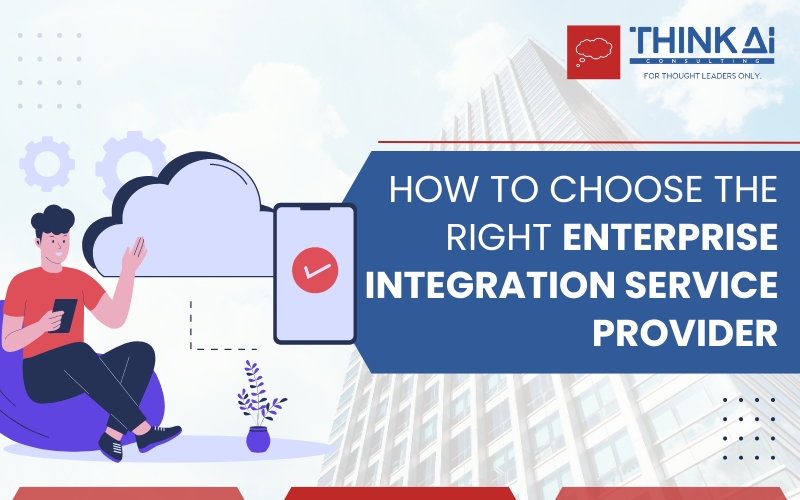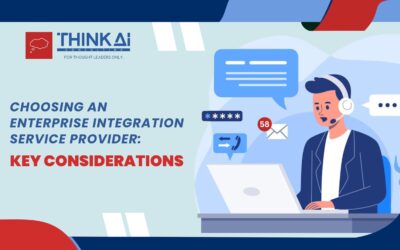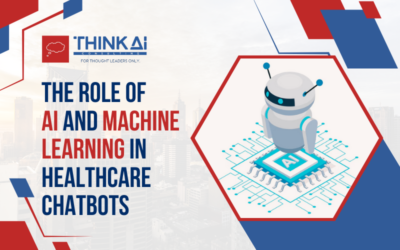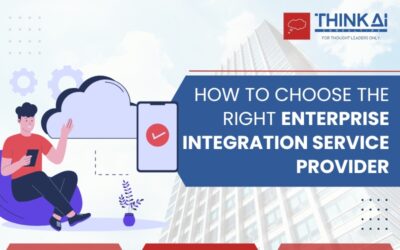Think AI Corporation (Think AI) customers who are quarantined due to corporate and government mandates, remain productive due to Think AI’s software development services and collaboration tools like Microsoft SharePoint and Teams. Customers of the Irvine-based company, recognize the technological and collaborative benefits to their business, as professed in recent customer testimonials.
“Sharepoint enabled us to have a secure common platform for internal communications are file-sharing as well as several workflows that have helped to automate and standardize several internal processes,” wrote one Think AI client.
Dave Goyal, CEO at Think AI, is a strong advocate of Microsoft collaboration tools and Think AI’s flagship custom software development services.
“While we are going through the tough times of COVID-19 quarantines and as our clients’ physical offices shift to their ‘home’ office, making them remote workers, we want to make sure their business will be able to adjust to this shift.
Among several things that we think clients should consider would be: using approved computing devices, having secured communication to their company network and looking out for increased phishing activities, said Goyal.
“As a Microsoft Gold Partner, we can assist clients in setting up this ‘new normal’ for their remote workers using modern technologies such as Microsoft Teams and/or SharePoint.
Clients can contact us for a free assessment of their environment to get their telecommuting efforts going. We want to keep everyone safe and able to run their businesses properly.”

Manish works primarily with implementing cutting-edge technology for thought leaders who can envision moving their company into the future of business. These technologies include application of Artificial Intelligence, chatbots, Business Intelligence, and Data Analytics through Power BI. He is your ideal partner to guide you through a complex technology transition in your business.
President of International Association of Microsoft Channel Partners (IAMCP) SoCal
Strong focus on customer service with a history of A++ client satisfaction
Awarded the 2019 IAMCP SoCal Partner Choice Award
Awarded the ABAOC 2019 Presidential Award of the year


